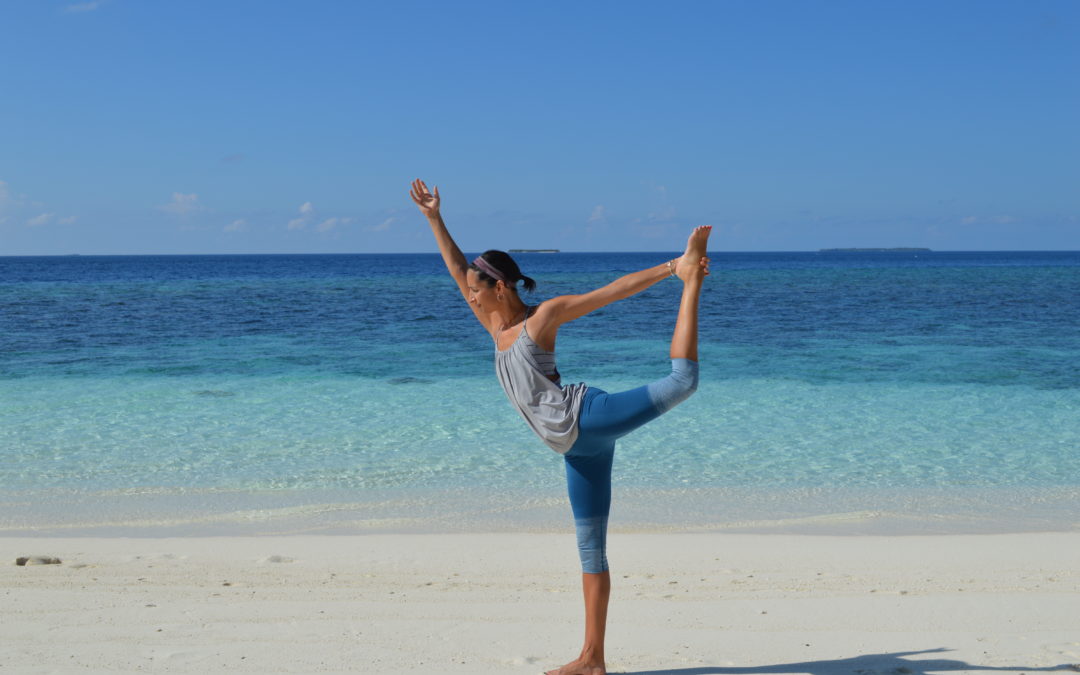I’d like to send out a quick PSA: If you’re a yoga teacher and you are encouraging your students to reach their end point in their flexibility, you need to stop. This is not the Bolshoi Ballet. This is YOGA. This is where we are learning to listen to our bodies and to create safe and stable movement for longevity.
As someone with a fair amount of hyper mobility, I came to yoga thinking “Hey! Here’s something I’m already good at without having to work hard!” What I quickly discovered in my first couple of teacher trainings, was that I was straight up wrong. I had a ton of work to do, but just not in the way I had imagined. My work is strengthening and protecting my very mobile joints.
Let’s remember that yoga isn’t about achieving some amazing level of flexibility in the body, any more than it is about successfully sticking your handstand. That doesn’t mean it won’t help to improve flexibility and strength, but we need to know how to balance the two. I believe that part of the issue is that (hyper)mobility and flexibility are still seen by many as the aspiration of the practice. How can I achieve more stretch and more flexibility? More and more people are speaking up about yoga related injuries since William J. Broad’s book came out in 2012. Personally, I’m grateful for it. As someone who’s been teaching and practicing for almost 20 years now, I’ve seen it first hand and yes, I’ve experienced it too. I’ve been sat on in pashimottanasana, and yanked and pulled towards end points of mobility in my already hyper mobile hips. As yoga teachers we need to be cautious and even more so, we need to be educating ourselves so that we can better support our students.
If a doctor prescribes yoga to someone to help them combat stress and to help them relax, and they head into a crazy power yoga level 2/3 class because they just don’t know the difference, will that be beneficial to their health? We can’t take it for granted that just because it is called yoga, students are automatically safe and on the wellness track to enlightenment! Given the many and ever increasing types of yoga out there, and the varied training of the myriad teachers in the world, yoga can, and will, cause injuries just as frequently as any other physical form of exercise, if not done right. We owe it to our students to help educate them to be able to discern for themselves what is ok. We have the responsibility to help keep them safe by how we teach,which includes the language around our cues, as well as the actually movement we are offering and demonstrating.
So teachers please stop trying to take people to their end point, especially when dealing with people who already have joint instability and hyper mobility! We need to strengthen around that and fast. Before it becomes an injury or worse. Speaking from my own experience, I’m proud to say that I am less flexible now than when I began yoga. Sure, I can’t put my feet behind my head or clasp my toes over head in Natarajasana any more, but I’m totally ok with that. My concern now is longevity – of my body, and of my practice. However my practice can serve the needs of my body to be strong and mobile and healthy, is the extent to which I will practice. I’m far more interested in the nuanced and specific movements that bring about a better understanding of stability in my body than I am in the acrobatics of the practice.

